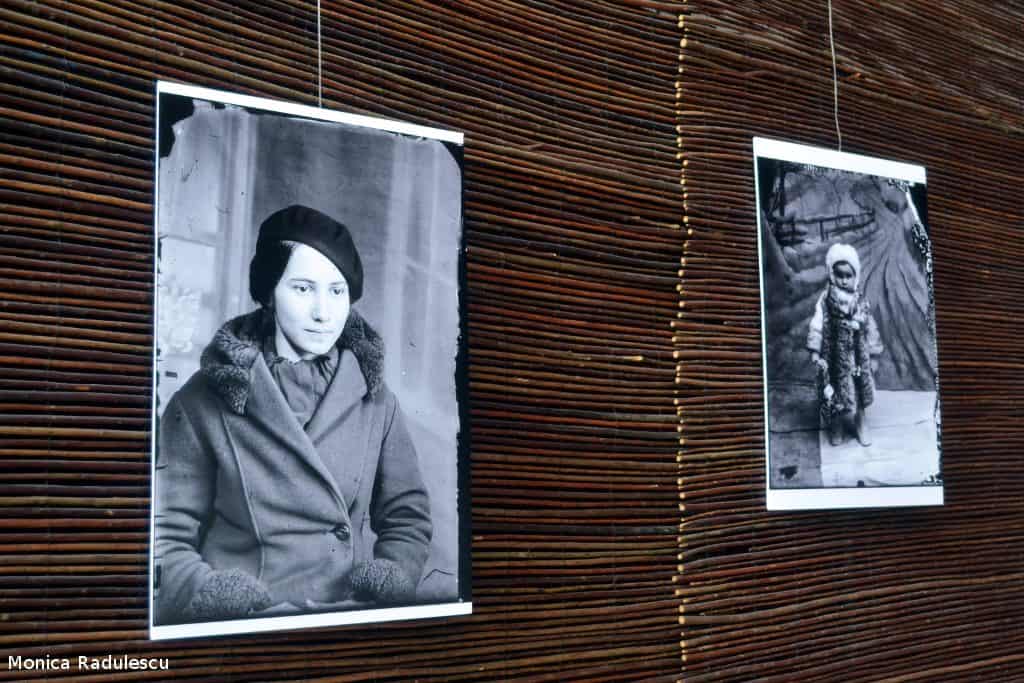Many of you are used with studio photo sessions, with a lot of equipment and lights. But sometimes, the art of product photography must work in uncertain conditions, in poor lighting, and fixed situations. We are talking about fairs, exhibitions, markets, workshops, and all sort of temporary events where a photographer must be fast but not furious.
Product photography has two purposes. First is of course to catch product’s qualities and features. Second is to catch the atmosphere, the story of the product. Here are some tricks to master product photography outside of the studio.
Be aware of the light
Many of these events have poor lighting. Indoor lighting is hard to manage in a crowded place, with few tools around. Make a compromise between ISO, shutter speed, and the possibility of carrying a tripod. Because you have to be fast, you will not have enough time to settle a complicated lighting system. Be inspired and add local lights to the atmosphere part. Most of the times, a designer composed the scene.
Take a circular polarizer filter with you
This advice is useful especially when you photograph paintings or items protected with glass. You really don’t want reflections in your pictures.
Use a small camera
Or even your phone. Attach a special lens to it, if you need more than a phone’s camera. Using light gear is very important in a crowded place. To really catch the atmosphere you have to include the public feelings. The public can be intimidated by a sophisticated camera. With a small and easy camera, you can go unnoticed. Be the master of the shadows.
Details, details, details
When you are doing product photography you have to pay attention to details. Everything is important here. Colors, textures, shadows, shapes. Don’t miss anything because the artist may have put something special in every corner of that item. Think your perspective over and over. Changing the size on an object can ruin the picture. Try to offer the right measurements where they are important. If you are shooting fine arts, any single line or spot has to be present. Do not use artistic blur and try to keep as focused as possible.
Permission to photograph
Especially at fairs and exhibitions, it’s better to ask for permission before photographing the items. The artists can choose to publish their work only in specific magazines or catalogs. Sometimes, they are afraid that a close-up will reveal their design, making it available for unauthorized replication. It’s better to be safe than sorry. Besides, connections can get your future contracts.
Be inventive
This is always a good advice when it comes to photography, but it is extremely important when you shooting products. Product photography can be boring. Aligned items, many of them identical, tables and chairs, a lot of people.. what excitement can be here? It’s up to you to convince your public that a certain object is deserving their attention.

